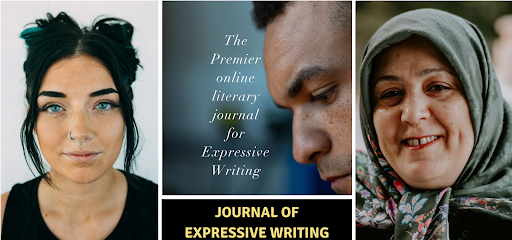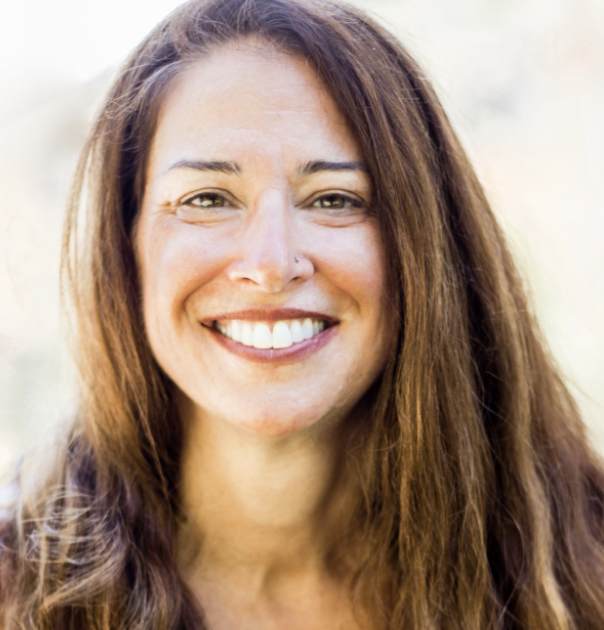When the pandemic brought tremendous risk to our good health, peace of mind and livelihoods, Jen Minotti listened to a small voice of conviction from within that urged her beyond her fears of creative risk taking. She sat down at her computer and founded the Journal of Expressive Writing. Because, Jen believes writing your feelings helps you survive, and sharing them helps others survive and say yes to each other. The Journal thrives on all of us saying yes to our feelings in writing.
As Jen describes on the journal’s website, “the journal publishes expressive writing, free writing, personal essay, non-fiction, memoir, reflective essay, poetry, prose, contemplative discourse, and creative non-fiction—all that originate from a writing prompt—by both established and emerging writers.”
As Jen describes on the journal’s website:
At a fundamental level, I have this very strong belief that sharing our stories is a radical act of self-love and love for others. During the pandemic, I couldn’t stop thinking that if we could just share our stories—in a raw, truthful and very real way—at this moment in time when we needed connection more than ever, it just might be one of the most valuable gifts we gave to ourselves and others. It just might help bridge the political, class, and racial divides that were simultaneously exploding and perhaps help in some small way. Three and a half years later, the Journal still calls on all of us to share what matters most as a form of individual and collective activism. It’s a platform to express who we are in a particular moment and to read who others are. I think too often, we hold ourselves back when we feel our writing has to be “finished” or “perfect” or any of the conditioned belief systems we carry with us. When we can write (and operate) from our authentic selves, our inclination to judge softens. Love emerges and so does healing, not only for the writer, but for the readers, too. Eventually, it’s a ripple effect. This is ultimately what I hope to achieve with the Journal.
Here is more about Jen: Jennifer A. Minotti (she/her/hers) is a Writer-in-Residence at the Center for Women’s Health and Human Rights at Suffolk University, where she facilitates Women’s Writing Circles as a means to merge her passions for expressive writing, positive psychology, community organizing, women’s health, and social activism. In 2020, Jen founded the Journal of Expressive Writing in order to provide a place for sharing expressive writing, believing that we need this space on a fundamental, human level and that whatever we are feeling is a link to what others are feeling across the planet at any given moment. For the past 25 years, Jen has dedicated her professional life toward working for the betterment of society. For 17 years, Jen worked at Education Development Center(EDC)—a global non-profit working to improve education, health, and economic opportunities worldwide—in a variety of technology, research, writing, and leadership roles for projects that focused on health and human development, special education, online professional development, literacy, bullying-prevention, urban education, science, assistive technology, and inclusive schooling practices
Outstanding TLA Publication: The Journal of Expressive Writing, presented by Kelly DuMar at the 2023 Power of Words conference
**
The Journal of Expressive Writing: Visit the Journal’s submission page right here — you will see a variety of themes you can write about, and please read other published submissions here.





















